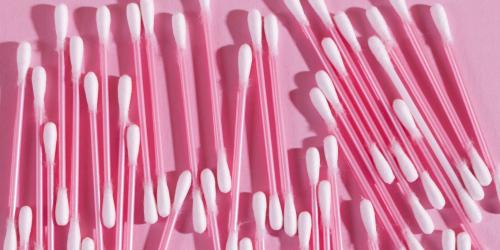Nonstick skillet more dangerous than it looks? And if we made the point? We disentangle the truth from the false from the most popular ideas.
All coatings are carcinogenic
FALSE ... apparently. In fact, the danger has always come from the bonding agent, PFOA , which makes it possible to adhere the non-stick coating to the metal structure of the pan. It is the residual presence of this PFOA on the walls and its migration to food (especially when the pan is scratched) that would make a toxic product . If the AFSSA (French Food Safety Agency) estimated in 2009 that the risks related to the presence of PFOA in non-stick coatings were negligible and therefore without risk to our health, the United States , they have planned to prohibit it in 2015. At Tefal , it is ensured that the manufacturing process eliminates any deposit of PFOA . On the other hand, one is wary of cheap Chinese stoves , much less concerned about the process and the quality of the coating .
As for food safety, the ceramic stove wins the match?
IT IS DISCUSSED . Good point: there is no trace of PFOA in ceramics. So, we can consider that they are more "green" . Bad point: the ceramic coating lasts on average 2 to 3 times less than a Teflon® . However, the health advantage of any non-stick pan lies in the fact that it allows healthy cooking by avoiding the addition of fats , very harmful at high temperatures . Provided, of course, that the coating withstands time. Draw: In case of deep scratches , both types of stoves put food in contact with the bottom coating , toxic aluminum .
Inox is safer
TRUE BUT ... it is imperative that it displays a composition 18/10 (18% chromium for 10% nickel). In this case, there can be no migration of metals to food , even in contact with acids such as lemon or tomatoes . Cast iron is also a good alternative . Once enamelled , it no longer releases iron oxide and copper . Big problem: these utensils attach.




